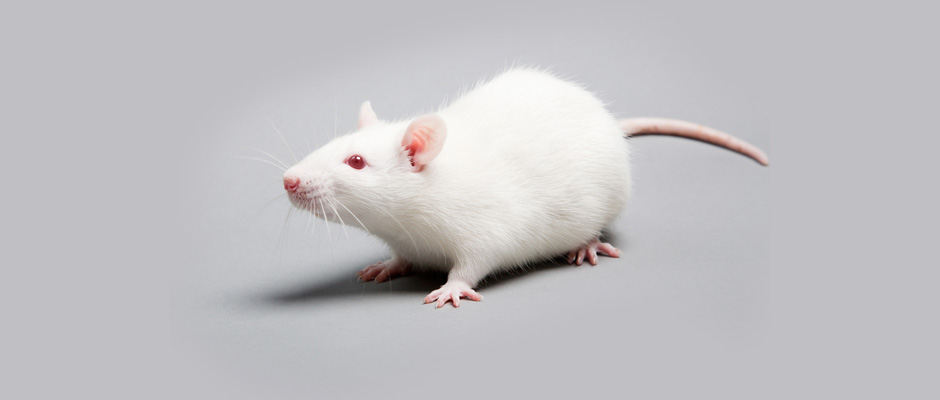How rats can help improve colon endometriosis treatment in humans
Jun 1, 2017
An experimental rat model was developed for the first time to study human colon endometriosis
Key Points
Highlights:
- An animal model of colorectal endometriosis resembling human disease is developed in rats.
- Colorectal endometriosis in rats is easily reproducible within a short time of 2 weeks. This will permit the investigation of endometriosis and various treatment approaches in an experimental setting.
Importance:
- This new model of colorectal endometriosis in rats will enable studies of novel pharmaceutical and surgical strategies to improve the treatment outcomes for patients with colorectal endometriosis.
What’s done here?
- Rat uterine horns were surgically excised and stitched to their proximal colons with the site of endometrium in direct contact with the bowel serosa. Two weeks post-operation, the abdominal cavity of the animals were evaluated for induction of endometriosis, and the uterine loop was removed for histopathology examination.
- 20 rats were used in the study.
Key results:
- All 20 animals developed endometriotic lesions in their colons with no significant adverse events.
- The proposed rat model of colorectal endometriosis was found to be feasible and reproducible in a short time for future research in this field.
Limitations of the study:
- It is not known how long the endometriosis implants would survive.
- The absence of quantitative measurements concerning depth questions the nature of the lesions being superficial or deeply infiltrating.
Lay Summary
Colorectal endometriosis forms about 3–37% of all deep infiltrating endometriosis (DIE) cases. DIE is a highly invasive type of endometriosis, occurs when ovarian endometriomas overgrow and rupture, releasing their contents into the abdominal and pelvic cavity, resulting in the formation of new lesions of endometriosis outside of ovaries.
The management of DIE in the colon is mainly surgical, either the endometriotic nodule in the colon is excised by shaving or the segment of the affected colon is removed altogether. Removal of the affected colon segment was shown to be a more effective surgical strategy for the treatment of DIE, but with adverse post-surgical outcomes. Removal of the nodules, on the other hand, is less invasive and was shown to improve postoperative morbidity, depending on the characteristics of the lesion and the surgeon’s experience. Further studies are needed to determine the ideal surgical strategy for colorectal endometriosis.
Currently, studies of colorectal endometriosis are limited mainly to clinical studies since there are no experimental animal models available that can imitate human colorectal endometriosis. Establishing an experimental animal model would allow for the improvement of current treatment options as well as the identification of new treatments for the management of colon endometriosis.
In this study by Prodromidou and colleagues, an experimental rat model of colorectal endometriosis was established. Briefly, a section of uterine horn, where the uterus and the fallopian tubes meet, was removed and surgically reattached to a proximal part of the colon with endometrium side touching the colon directly. Two weeks post-operation, 100% of animals included in the study developed endometriotic lesions on their colon with no important adverse events. This study is the first that establishes an experimental animal model of colorectal endometriosis resembling that of human colorectal endometriosis. With this model, investigation of pharmaceuticals and the efficacy of various surgical techniques will be enabled in order to identify the most promising treatment strategies for colorectal endometriosis in humans.
Research Source: https://www.ncbi.nlm.nih.gov/pubmed/28541751
colorectal endometriosis experimental model rat uterine transplants

